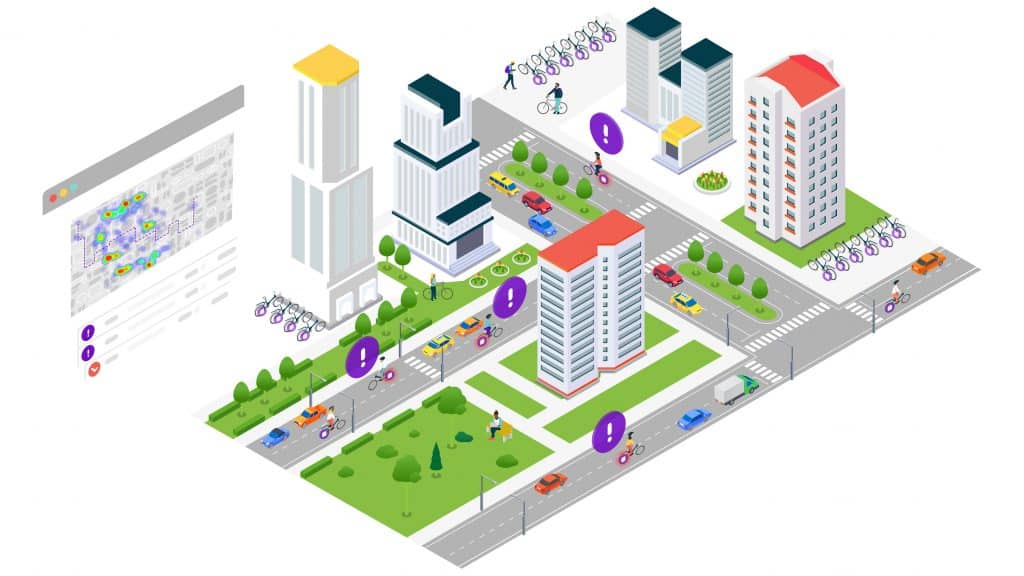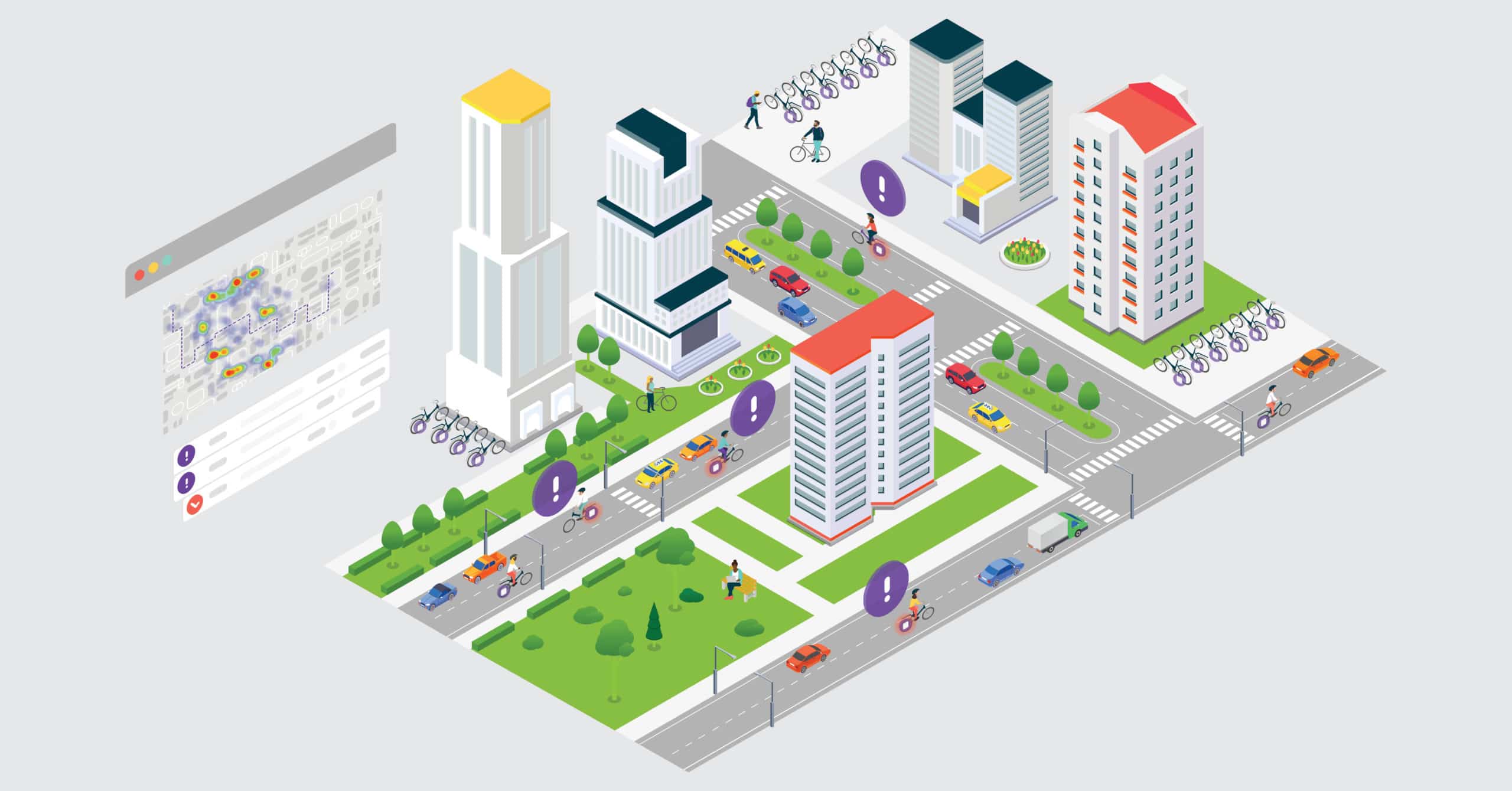IoT-enabled smart cities provide opportunities to enhance the quality of life for a city’s residents. From air quality to energy use to traffic monitoring, municipalities use connected devices to gather and analyze data on the city. City leaders use analytics and related insights to inform policy, improve services, optimize public transportation routes, and more. For instance, many cities are investigating opportunities to improve air quality.
Low air quality is a significant problem for many global cities.
Air pollution negatively impacts human health and the environment. First, air pollution is linked to lung damage, asthma, heart attacks, and diabetes. Furthermore, sources indicate that air pollution is responsible for approximately 6 million premature deaths every year. Additionally, medical research shows that increased air pollution often exacerbates pediatric asthma. Second, air pollution contributes to global warming. It also contributes to acid rain, which harms the environment by contaminating soil and water.
IoT solutions capture real-time air quality and environmental data.
Using highly-calibrated Bluetooth Low Energy (BLE) beacons, Thinaer monitors indoor air quality, environmental conditions, and particulate matter. This helps hospitals ensure that facilities and operating rooms comply with JCAHO standards, food manufacturers detect the presence of allergens in certain areas, and more.
By integrating cellular IoT beacon technology into its universe of beacons and sensors, Thinaer now has the ability to monitor outdoor air quality. Cellular beacons can pinpoint exactly where pollution is concentrated.

Cellular-enabled IoT beacons make it possible to capture street-level data.
“General particulate matter concentration sensors would capture your typical health hazards– smoke, smog, dust, dirt, and other visible pollutants,” says Taylor Veith, Senior Director of R&D at Thinaer. “More specific sensors can capture things like O3, C02, VOCs, and other common gases expected in high concentrations. All of this data would be captured in real-time and stored for review and analysis.”
IoT beacons can be a long-lasting, low-cost way for cities to control and reduce their carbon footprint and improve the health of their populations. Using information collected by IoT beacons, cities can identify high-pollution areas and better strategize ways to improve air quality.
“You’d be able to see a detailed map of your city with street level air quality,” says Veith. “It would enable all sorts of things. Health alerts for the population, visibility warnings for drivers, a second set of eyes for emergency fire services, reactive and predictive decision-making around HVAC systems for homes, schools, and hospitals.”
“Being able to see trends in your city over time allows you to pinpoint problem areas, many of which are not always obvious,” says Veith. “What you thought was caused by your manufacturing district may actually be caused by your agriculture. Inefficient home furnaces running in wintertime on the historic side of town may be causing issues that the newer developments don’t see. With that, funds can be reallocated to do the most good in a very targeted manner.”
Cities are pioneering IoT-enabled air quality solutions.
Implementing IoT beacons on city assets.
Chicago and Barcelona have both utilized existing lampposts to measure air quality, adding IoT beacons that track air pollutants and relay that data to city agencies. In addition, cities like Los Angeles, Miami, Boston, and Boulder have installed benches that measure air quality, lighting, weather, and noise levels.
Implementing IoT beacons on vehicles.
Some cities utilize their moving parts to measure air quality. For instance, Oakland, California added IoT sensors to Google Street View cars. The cars measure air quality block by block, as they navigate the city streets. Similarly, Dublin is considering an opportunity to add IoT sensors to bikeshare bikes. This would provide consistent, street-level air quality data, collected as people bike through the streets.
Interested in learning more? We’d love to connect with you.
To learn more, download our information sheet on Thinaer’s IoT solution for environmental and air quality monitoring. Also, feel free to get in touch with us. We’d love to hear how Thinaer can help with your air quality monitoring project.

